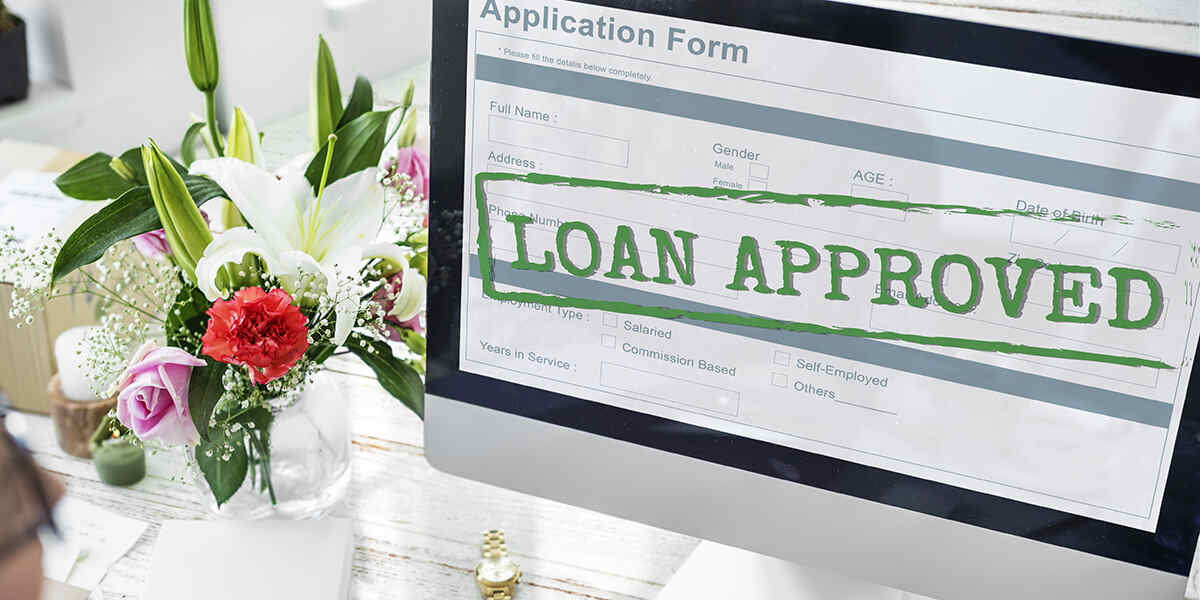Are you interested in improving your budget management and staying on top of your mortgage payments? Fixed-rate mortgages may be the solution you’re looking for. This article will explain how fixed-rate mortgage payments work and why they can be a useful tool for keeping your finances in order. By gaining a deep understanding of fixed-rate mortgages, you can feel more confident in your financial planning and budgeting.
Let’s dive in!
What Is a Fixed-Rate Mortgage?
A fixed-rate mortgage keeps the interest rate steady throughout the loan term. This stability helps homeowners predict their monthly payments. Long-term homeowners often prefer this type of mortgage.
The loan term for a fixed-rate mortgage can vary from 10 to 30 years. The most common options are 30 and 15 years. Calculating the costs of a fixed-rate mortgage involves considering the loan term and amortization period. You can use a mortgage calculator to make this process easier.
On the other hand, adjustable-rate mortgages (ARMs) combine fixed and variable rates. They start with a fixed-rate period and then switch to variable rates. Borrowers opt for ARMs for possible rate decreases and shorter holding periods. Amortized fixed-rate mortgages have consistent installment payments. These payments reduce the interest and increase the principal amount over time. Non-amortized fixed-rate loans, such as balloon payments and interest-only loans, offer different payment structures.
Refinancing a fixed-rate mortgage at lower rates is an option, but additional fees may apply.
Fixed-rate mortgages offer stability and predictability to borrowers. Lenders also benefit when rates are low. However, the downside is the lack of flexibility in adjusting rates based on market changes. Choosing a fixed-rate mortgage over an adjustable-rate one provides stability, especially during economic downturns when interest rates decline.
How a Fixed-Rate Mortgage Works
A fixed-rate mortgage keeps the interest rate the same throughout the loan term. Borrowers have consistent monthly payments. This is different from adjustable-rate mortgages, where rates can change.
With fixed-rate mortgages, borrowers always know how much to pay each month. This stability helps manage finances effectively without surprises. This benefit is good for both borrowers and lenders. Borrowers benefit from knowing their exact payments, and lenders benefit from locked rates.
During economic downturns with decreasing interest rates, a fixed-rate mortgage offers security. It protects against possible rate increases. Many long-term homeowners prefer this for stable housing expenses.
How to Calculate Fixed-Rate Mortgage Costs
Calculating the monthly payment for a fixed-rate mortgage involves considering the loan amount, interest rate, and loan term. These factors directly impact the amount due each month. The mortgage calculator simplifies this process by providing an accurate estimate.
When determining the total cost of a fixed-rate mortgage, factors such as loan term, interest rate, closing costs, and additional fees play a significant role. Evaluating these elements helps borrowers understand the overall financial commitment associated with the loan.
To calculate the total interest paid over the life of a fixed-rate mortgage, multiply the monthly payment by the total number of payments, then subtract the initial loan amount. This calculation reveals the amount paid in interest over the loan term. Understanding this figure is important for borrowers to grasp the long-term financial implications of their mortgage choice.
Fixed-Rate Mortgages vs. Adjustable-Rate Mortgages (ARMs)
Fixed-rate mortgages have a consistent interest rate throughout the loan term. This ensures stable monthly payments, making them reliable for long-term homeowners.
Adjustable-rate mortgages have a mix of fixed and variable rates. They feature initial fixed-rate periods, followed by variable rates. Borrowers choose ARMs for potential rate decreases and shorter loan holding periods.
Interest rates have a significant impact on fixed-rate mortgages and ARMs. Fixed-rate mortgages offer predictability in payments, while ARMs can result in fluctuating payments based on market conditions. Borrowers need to assess their risk tolerance and financial goals when deciding between the two.
Factors to consider when choosing between fixed-rate mortgages and ARMs include the length of time planned in the home, current market interest rates, and potential changes in financial situations. Fixed-rate mortgages offer stability during economic fluctuations and are suitable for those seeking predictability in monthly payments.
Fixed-rate amortized vs. Non-Amortized Mortgages
Fixed-rate amortized mortgages have consistent payments that reduce interest costs and increase equity over time.
On the other hand, non-amortized mortgages like balloon payment or interest-only loans have varying payment structures. This could lead to higher overall interest costs and slower equity accumulation.
Opting for fixed-rate amortized mortgages provides predictability in payments and a clear path to debt payoff.
Non-amortized mortgages may have lower initial payments but come with the risk of significant lump-sum payments or limited equity growth.
Understanding these differences can help borrowers choose the right mortgage type aligned with their financial goals and risk tolerance.
Advantages and Disadvantages of Fixed-Rate Mortgages
Fixed-rate mortgages have advantages like rate stability for borrowers and benefits for lenders in low-rate situations. However, they can be inflexible when adjusting to market changes. Opting for a fixed-rate mortgage provides payment stability during economic slumps. Monthly payments remain consistent throughout the loan term, facilitating easier budgeting for homeowners. On the flip side, borrowers may lose out on savings if interest rates decrease significantly post-mortgage.
During economic downturns, adjustable-rate mortgages may offer lower rates, allowing borrowers to pay less per month compared to fixed-rate mortgages.
Why Choose a Fixed-Rate Over an Adjustable-Rate Mortgage?
Choosing a fixed-rate mortgage has benefits like rate stability and predictable monthly payments.
With a fixed-rate mortgage, borrowers know their exact payment amounts for the entire loan term, providing financial security.
On the other hand, adjustable-rate mortgages can lead to unpredictable payment amounts due to potential interest rate fluctuations over time.
The stability of a fixed-rate mortgage is better than the uncertainties of an adjustable-rate one.
While adjustable-rate mortgages may have lower initial rates, there’s a risk of rate increases in the future, leading to higher monthly payments.
Fixed-rate mortgages remove this risk by offering a consistent interest rate throughout the loan term.
It’s generally recommended to choose a fixed-rate mortgage for long-term financial stability.
This type of mortgage is great for those planning to stay in their homes for a while and who prefer knowing their monthly payments will stay the same.
During economic downturns or when interest rates drop, fixed-rate mortgages provide peace of mind and protection against increasing payment amounts.
Economic Slump Impact on Fixed-Rate Mortgage
During an economic slump, fixed-rate mortgages are generally affected by decreasing interest rates in the market. This can lead to lower monthly payments for borrowers with existing fixed-rate loans.
Factors such as inflation, unemployment rates, and overall economic uncertainty contribute to this impact. To mitigate the effects of an economic slump on fixed-rate mortgages, borrowers can consider refinancing their loans at lower interest rates.
This could result in reduced monthly payments and overall interest costs over the life of the loan. Additionally, staying informed about market trends and seeking advice from financial advisors can help borrowers make informed decisions during economic downturns.
By understanding the relationship between economic conditions and fixed-rate mortgages, borrowers can navigate challenging times more effectively and secure financial stability for the future.
Benefits of a Fixed-Rate Mortgage
Fixed-rate mortgages have benefits for homeowners. These mortgages offer rate stability and predictability. This helps in managing monthly budgets and financial planning. With fixed interest rates throughout the loan term, borrowers can expect consistent payments. This is unlike adjustable-rate mortgages, where rates can change. The stability of fixed-rate mortgages is important, especially during economic downturns when interest rates drop. This ensures borrowers have steady payments.
Amortized fixed-rate mortgages follow a structured approach to repayment. They involve decreasing interest and increasing principal payments over time, helping homeowners build equity steadily. Homeowners can also refinance fixed-rate mortgages at lower rates, with the possibility of additional fees. This gives homeowners more control over their financial commitments.
Managing Your Fixed-Rate Mortgage
Borrowers can effectively manage the interest rate of a fixed-rate mortgage to optimize financial benefits. This can be done by considering the loan term and amortization period. Utilizing tools like mortgage calculators can help in understanding the costs associated with different options.
Assessing the possibility of refinancing at lower rates can potentially save money in interest payments over time. Homeowners can navigate changes in the housing market effectively by staying informed about market trends and potential interest rate fluctuations.
Keeping track of economic indicators and considering refinancing options when rates are low can help in making informed decisions. Being prepared for changes in interest rates is important. Exploring different loan structures, like amortized and non-amortized loans, can provide flexibility in managing fixed-rate mortgages over the long term.
FAQ
What is a fixed-rate mortgage?
A fixed rate mortgage is a type of loan with an interest rate that remains the same for the entire term of the loan, typically 15 or 30 years. This means your monthly payments will stay consistent, providing predictability for budgeting.
How do fixed-rate mortgage payments help with budgeting?
Fixed-rate mortgage payments provide consistency and predictability, making it easier to budget month-to-month. Knowing exactly how much you need to pay allows you to plan your finances accordingly. For example, if your mortgage payment is $1,500 every month, you can allocate that amount to your budget without worrying about fluctuating rates.
What factors can affect the amount of fixed-rate mortgage payments?
Factors that can affect the amount of fixed-rate mortgage payments include the loan amount, interest rate, length of the loan term, property taxes, and homeowners insurance. For example, increasing the loan amount or interest rate will result in higher monthly payments.
Can fixed-rate mortgage payments change over time?
No, fixed-rate mortgage payments do not change over time. The interest rate and monthly payment amount stay the same throughout the loan’s life.
How can I effectively manage my budget with fixed-rate mortgage payments?
To effectively manage your budget with fixed rate mortgage payments, create a monthly budget that accounts for your mortgage payment, and prioritize savings for unexpected expenses. Consider setting up automatic payments to avoid late fees and track your spending to adjust accordingly.
Manage your budget effectively with fixed-rate mortgage payments through Champions Mortgage. Learn how predictable payments can help you plan your finances with certainty and avoid the stress of fluctuating interest rates. Contact us today for guidance on how to align your mortgage with your financial goals and maintain stability in your monthly expenses.







